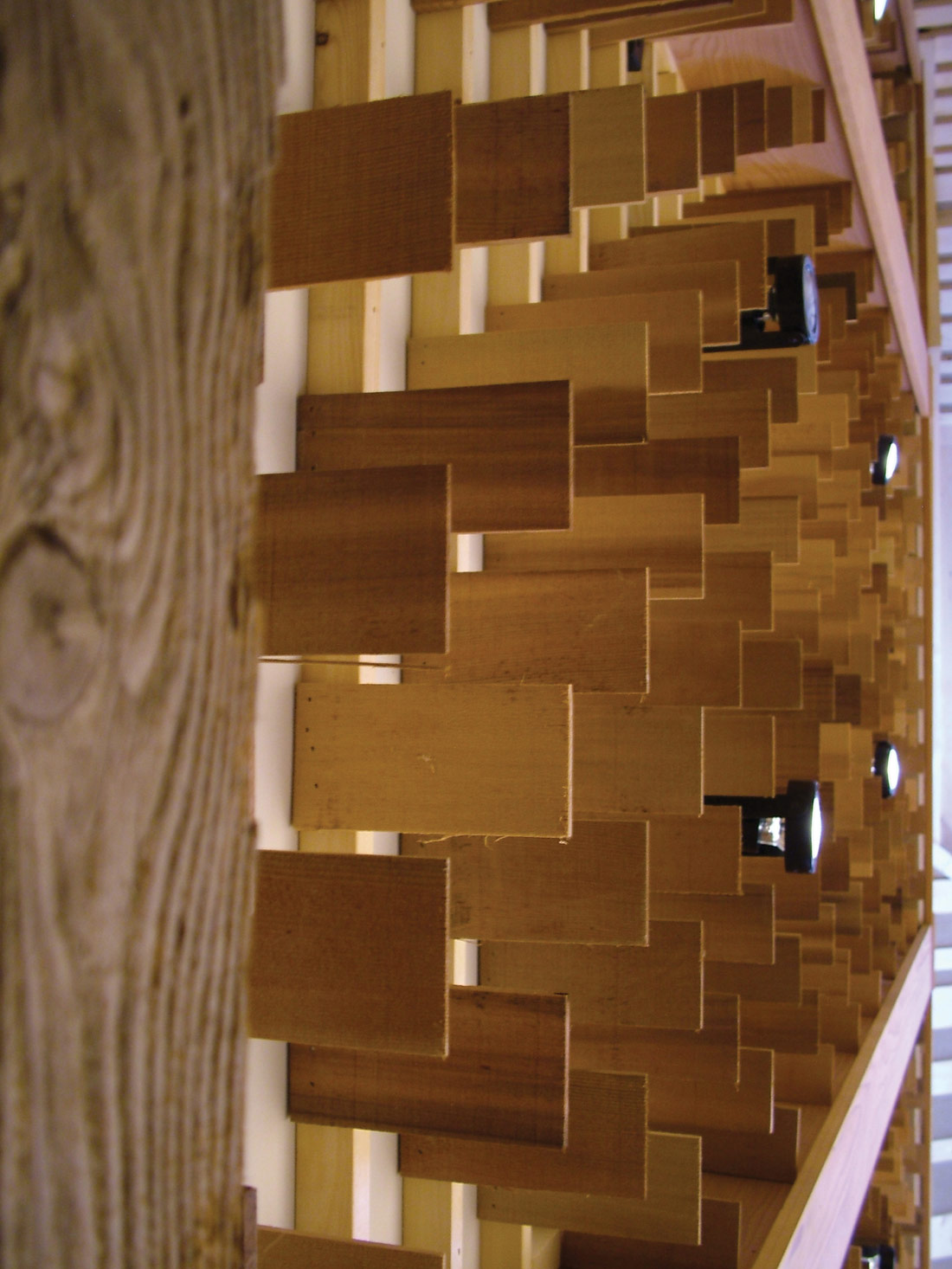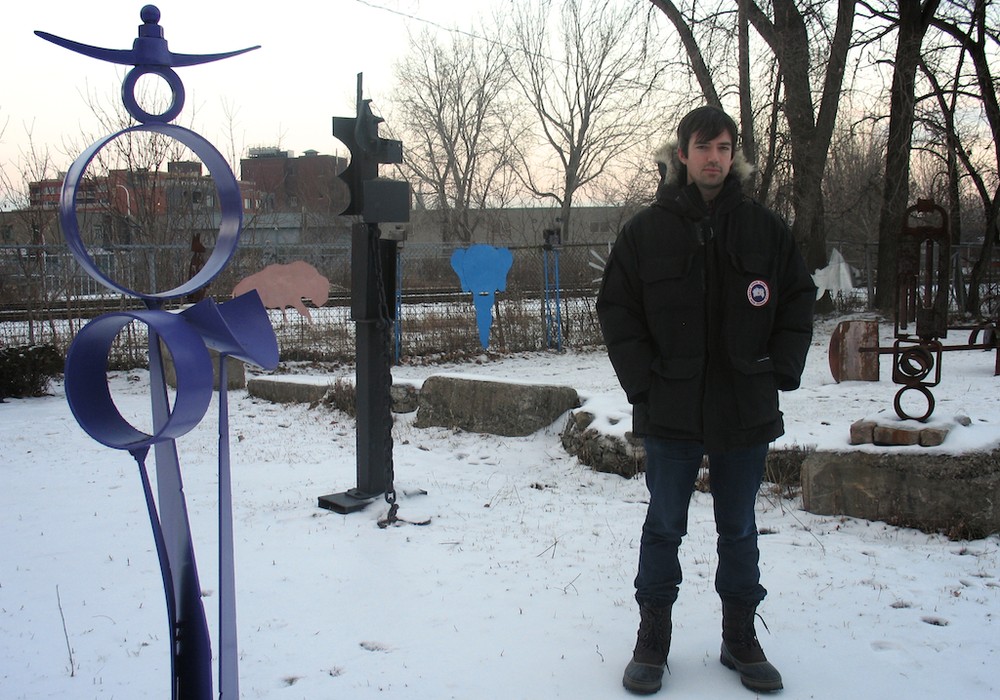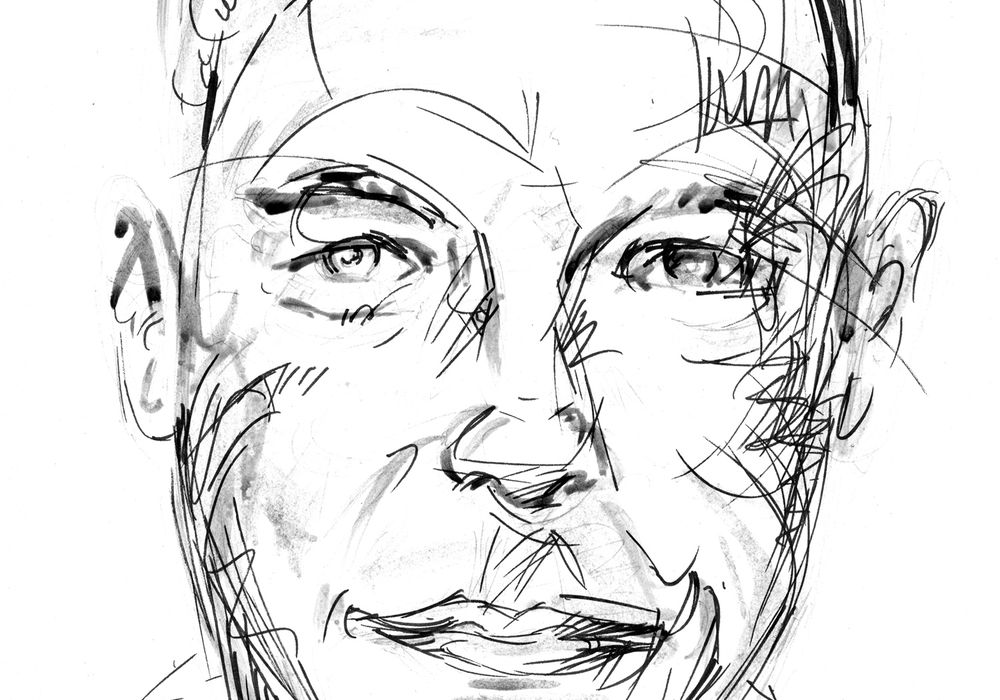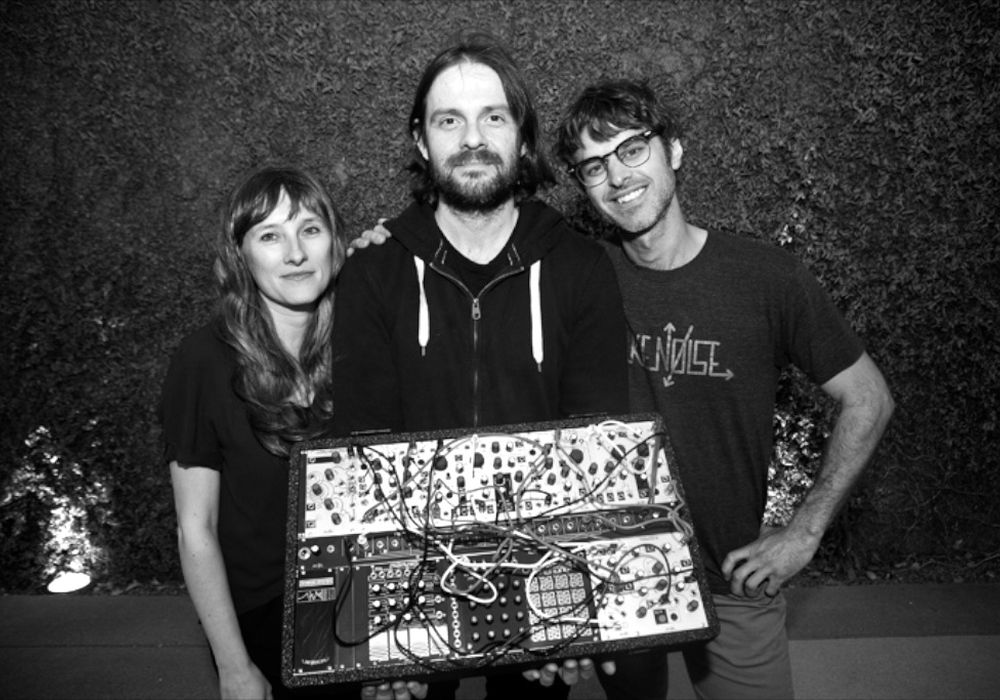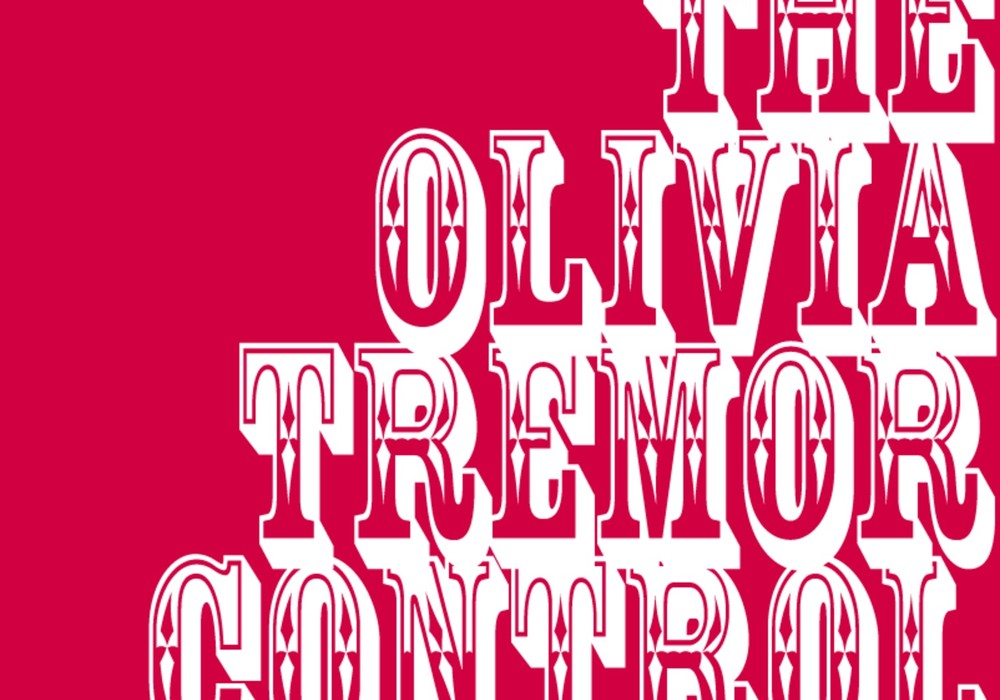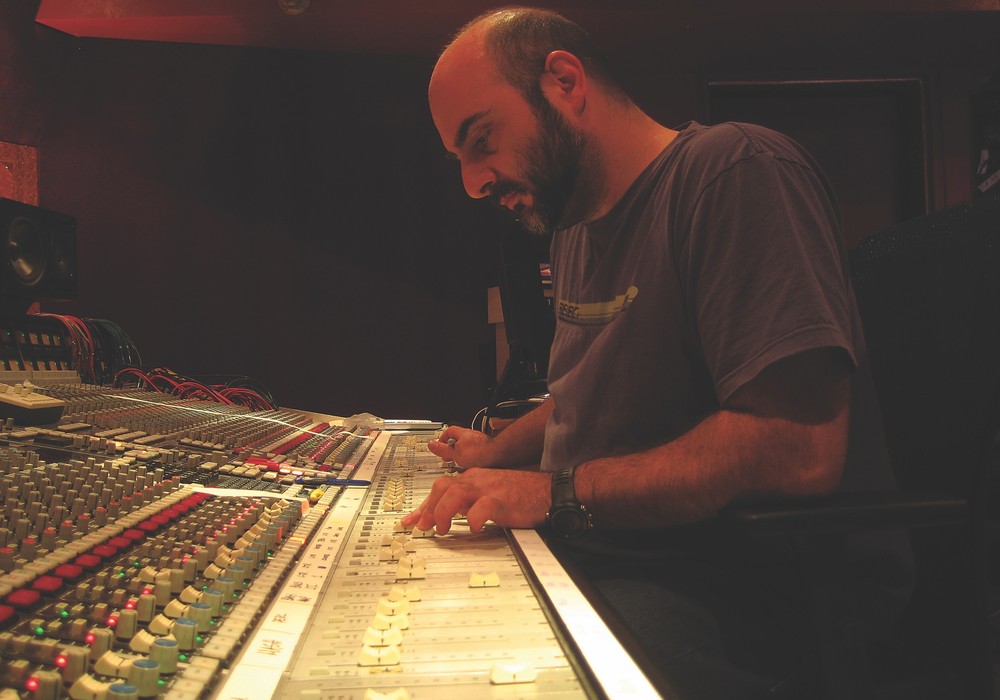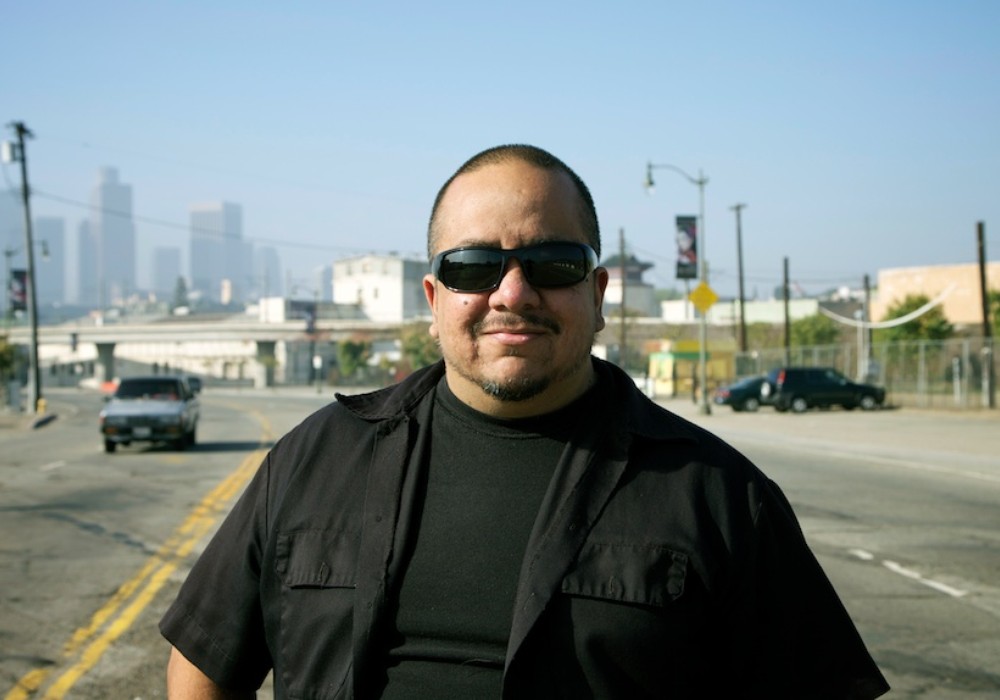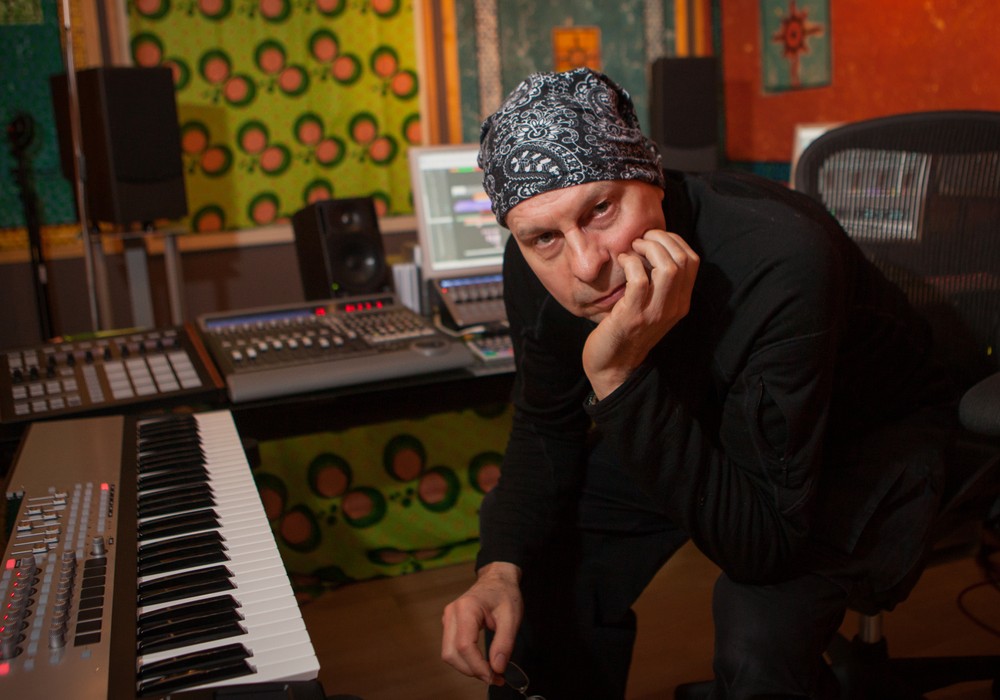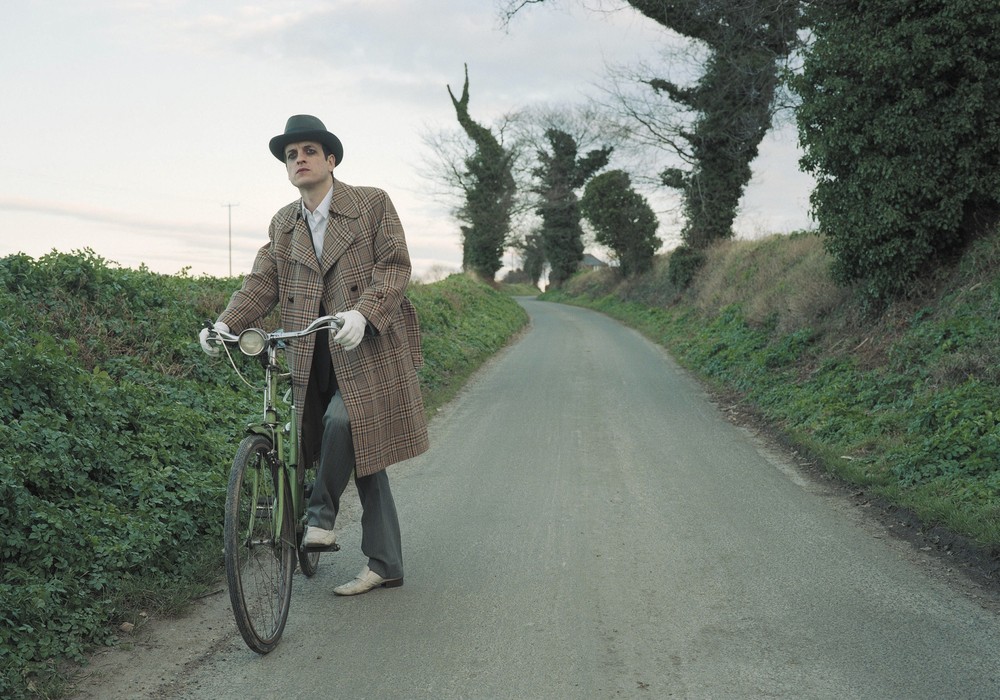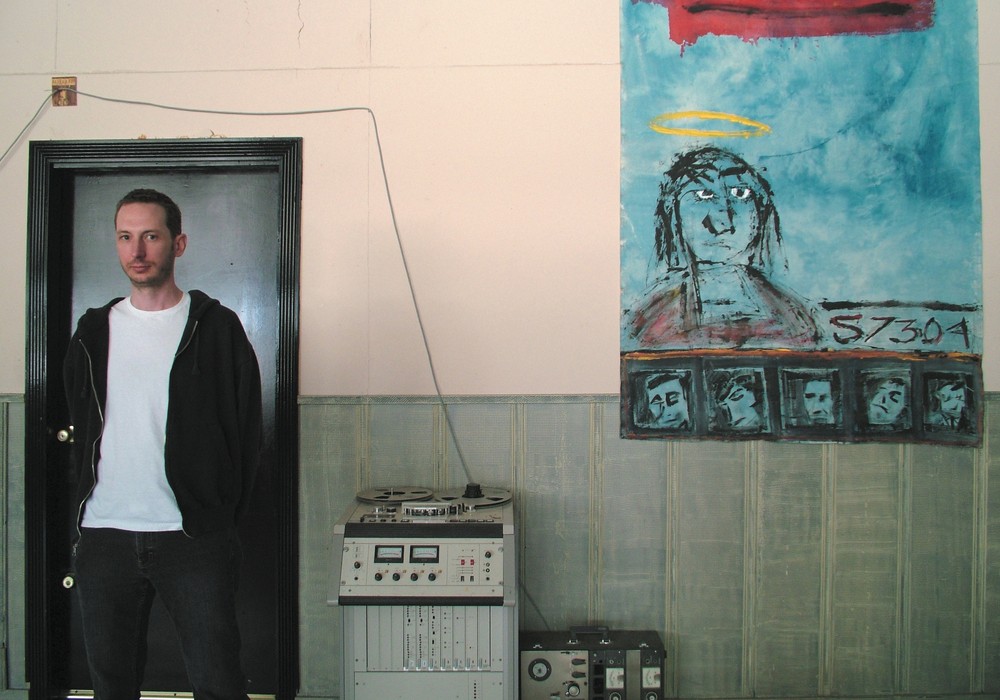For years I'd get brief emails from Damian Taylor. He might be in some remote location or some major metropolitan center, making records with a wide variety of artists. Frequently he'd have some specific, interesting question; some of which I could answer. When I found out he'd settled in Montreal, I knew I had to drop in at his new studio, Golden Ratio, and finally figure out where he'd come from and what his thoughts were about making records. Damian has worked on an extensive and highly creative number of albums with Björk, but also significant sessions with The Killers, Prodigy, U.N.K.L.E., Frou Frou, Austra, Trust, Diamond Rings, Gotye, Arcade Fire, and many others. And most curious to me was the way he does work, jumping in and out of production, writing, mixing, programming (both kinds), editing, and engineering; and in the end offering his clients the ultimate collaborator.
You were born in Canada?
The first ten years of my life were in Canada, in three different cities. My parents are British, but they met in Hong Kong and got married there. Then we moved to New Zealand, lived in a couple of different towns, until my parents moved to the Middle East when I was 15. At that point I moved to Auckland to go to a school. From age 6 to 13 years old I learned piano and then trumpet — I'd play in ensembles, orchestras, and all that. By the time I was 13 years old I was in the school brass band, wind band, concert band, jazz band, and symphony orchestra. I also played third trumpet in the municipal orchestra. I had band practice almost every lunchtime. Then puberty hit. I had the luxury of being in the zenith of grunge during my teenage years, so it was, "Oh world, you don't understand me!" I locked myself in my bedroom and started buying records. When I was 16 years old I sold my mountain bike to buy a little 4- track. I was buying a lot of underground American records, and by the time I was 17 years old I got into modern British electronic music.
Did you start playing in rock bands?
I started playing bass because I figured I could only play one string at a time — chords were going to be a bit hectic! I got annoyed with the guitar player who only wanted to play Metallica or Red Hot Chili Peppers. That's when I got a 4-track, a guitar, and a drum kit. I was playing everything and recording. I bought an Alesis QuadraVerb and I wound up spending a year with headphones on, turning the tape backwards, changing speeds and all that. On our school careers day a friend of mine asked his advisor about audio engineering, and she said, "There's a school in Parnell," a suburb of Auckland. I knew that I wanted to do production, but previously had no idea how to even begin.
So you went to a recording school?
Yeah, it was the SAE Institute in New Zealand, two nights a week for 18 months; I waited tables the other five days. I was in a music shop one day and a customer was asking the guy behind the counter about his studio. I hadn't heard about it, but I told him that I was doing an audio engineering course and asked if I could get involved. He gave me the engineer's number, and it was Chris Van Der Geer who's a significant fixture down there [in New Zealand]. He let me sit in on his sessions. I'd literally be in the corner observing, not even assisting or anything. It was great; I'd go to school and study in the abstract but then also see real world sessions with Chris, which completely opened my perspective. Chris was amazing and he patiently answered my dumb questions after sessions. I learned a lot about supporting artists by watching him. By the end of my course in New Zealand there was a local post-production company that needed someone to do radio dubs, and I got a temporary position. I'd have 40 different 1/4-inch tapes for the regional Toyota dealerships, for example. I'd splice them all together, do the leader, and then prep them for the courier. I met this composer who was renting a room there. He and his engineer were moving to their own place, so they took me along to assist. This was 1996, and they were working in Pro Tools — a 16-channel system.
Not many tracks!
Yeah. They would keep me busy by having me manually load audio sample CDs of a zillion different drum hits during the day, and then after hours I'd do Foley on their main rig. Proper "wax on, wax off" training. I'd used Pro Tools before at SAE to edit sections of songs together — I was trying to emulate [Smashing Pumpkins'] Siamese Dream by recording different sections of songs on tape with different drum kits, instruments, and mixes before sticking them back together. When I was 19 years...
